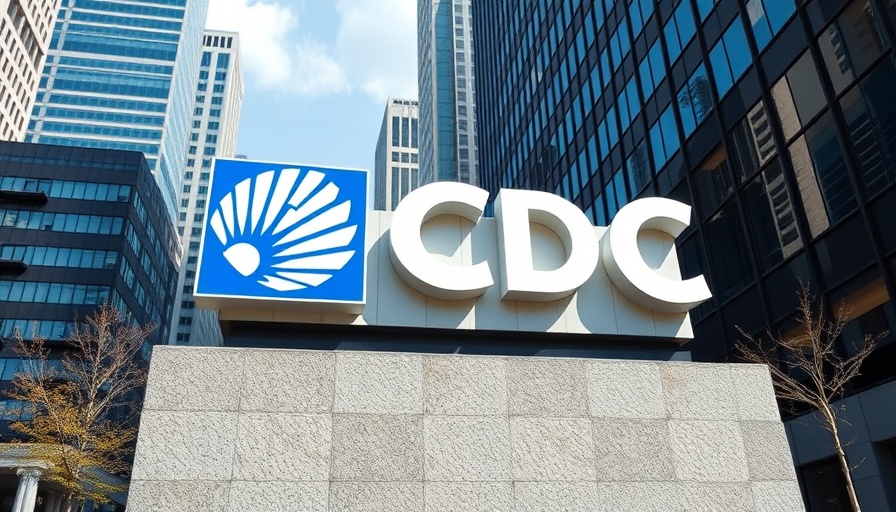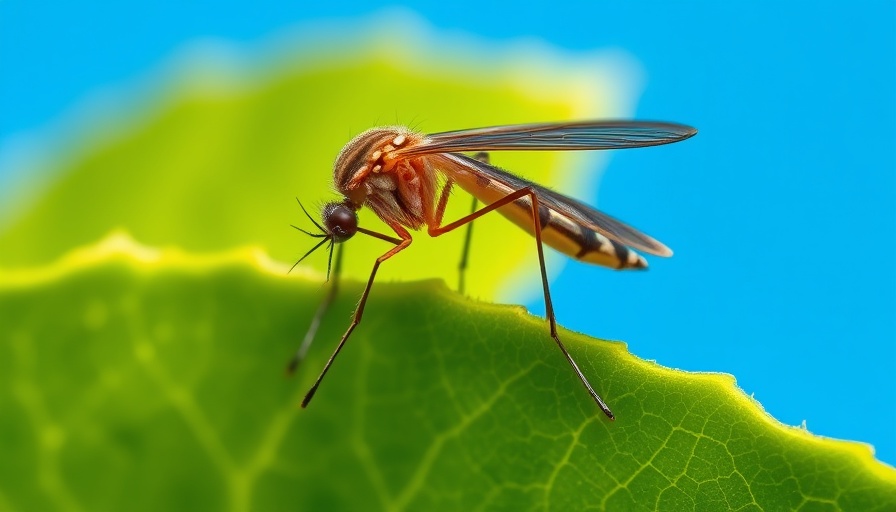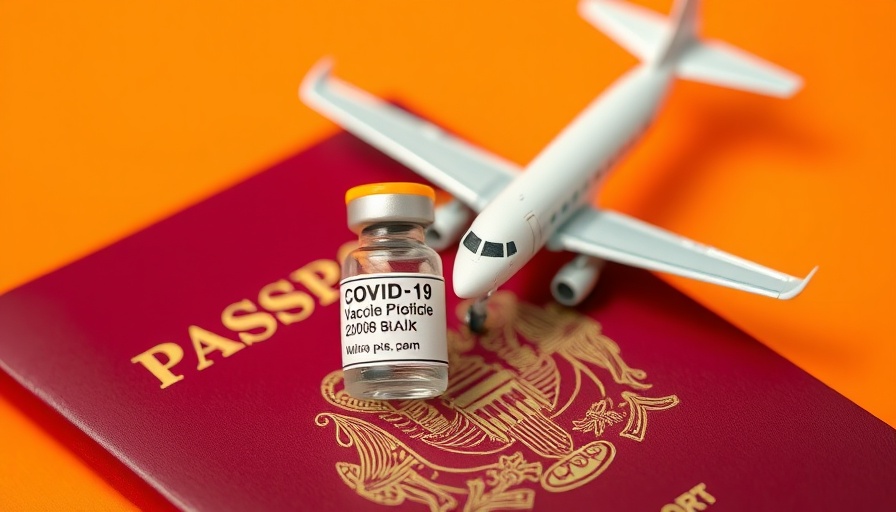
Understanding the Rise of Heavy Drinking in America
In a society where cheers often drown out whispers of consequences, the alarming increase in heavy drinking and alcohol-related liver disease poses a significant public health crisis in the United States. New research reveals that the rates of liver disease have more than doubled over the last 20 years, with women disproportionately affected by this growing epidemic.
Statistics Reveal a Cautionary Tale
According to recent findings, alcohol-related liver disease diagnoses have surged, particularly among women. This demographic is facing a dire reality as they metabolize alcohol differently than men, leading to faster liver damage. A study from Keck Medicine of USC highlights that just 10 drinks a week for women is considered heavy drinking—far lower than previous standards. Dr. Brian P. Lee emphasizes that societal normalization of drinking disguises the severe implications of our alcohol consumption.
The Impact of “Wine Mom” Culture
The normalization of alcohol consumption, particularly through phenomena like the “wine mom” culture, has shifted drinking from a social activity to a coping mechanism for stress and exhaustion. As Dr. Lee notes, what begins as a casual glass of wine can escalate into dependency. Marketing strategies have exploited these emotions, promoting sweet cocktails and seltzers that appeal to women, masking alcohol's true risks behind a veil of harmlessness.
The Psychological Factors at Play
Social pressures, especially exacerbated by the COVID-19 pandemic, have intensified the desire to reach for a drink. As people navigated isolation and emotional turmoil, many turned to alcohol for comfort. Dr. Vinod Rustgi from Rutgers points out that while drinking may have initially served as a coping mechanism during challenging times, it is now a lingering habit with significant health risks.
Consequences for Relationships and Community
The heavy drinking epidemic extends beyond individual health—its repercussions ripple through families and communities. Alcohol-related issues can fracture relationships, with drinking often acting as a wedge driving loved ones apart. Acknowledging that alcohol is a poison is vital to addressing its misuse and reclaiming healthier connections.
Preventing Liver Damage: The Road Ahead
While the liver is resilient, it is not invulnerable. Drastic lifestyle changes are essential for mitigating further damage once scarring has occurred. Health experts urge individuals to recognize that quitting drinking is the most effective solution for liver health. The message rings clear: there is no safe amount of alcohol, and awareness can be the first step toward recovery.
Actionable Steps for Healthy Living
For those seeking to maintain their liver health, experts recommend reducing or completely cutting alcohol consumption. This involves analyzing drinking habits and finding healthier coping mechanisms, such as engaging in exercise, creativity, or mindfulness practices. Forming support groups can also provide motivation and encouragement for those trying to quit or cut back on alcohol.
The Path Forward: Social Responsibility and Support
Society must begin to reframe its relationship with alcohol. Shifting perceptions, supporting loved ones struggling with alcohol dependency, and promoting healthier lifestyles can foster a community that values well-being over intoxication. As awareness grows, individuals are encouraged to seek help—whether through counseling, support groups, or lifestyle changes—to break free from the cycle of dependency and reinvigorate their lives.
Understanding the gravity of alcohol's effects and fostering open conversations about its dangers can pave the way for healthier relationships, both with ourselves and others. This is not just a personal journey but a collective responsibility.
In light of these insights, reach out to family, friends, or local health resources to discuss relationships with alcohol and explore healthier alternatives together.
 Add Row
Add Row  Add
Add 




Write A Comment